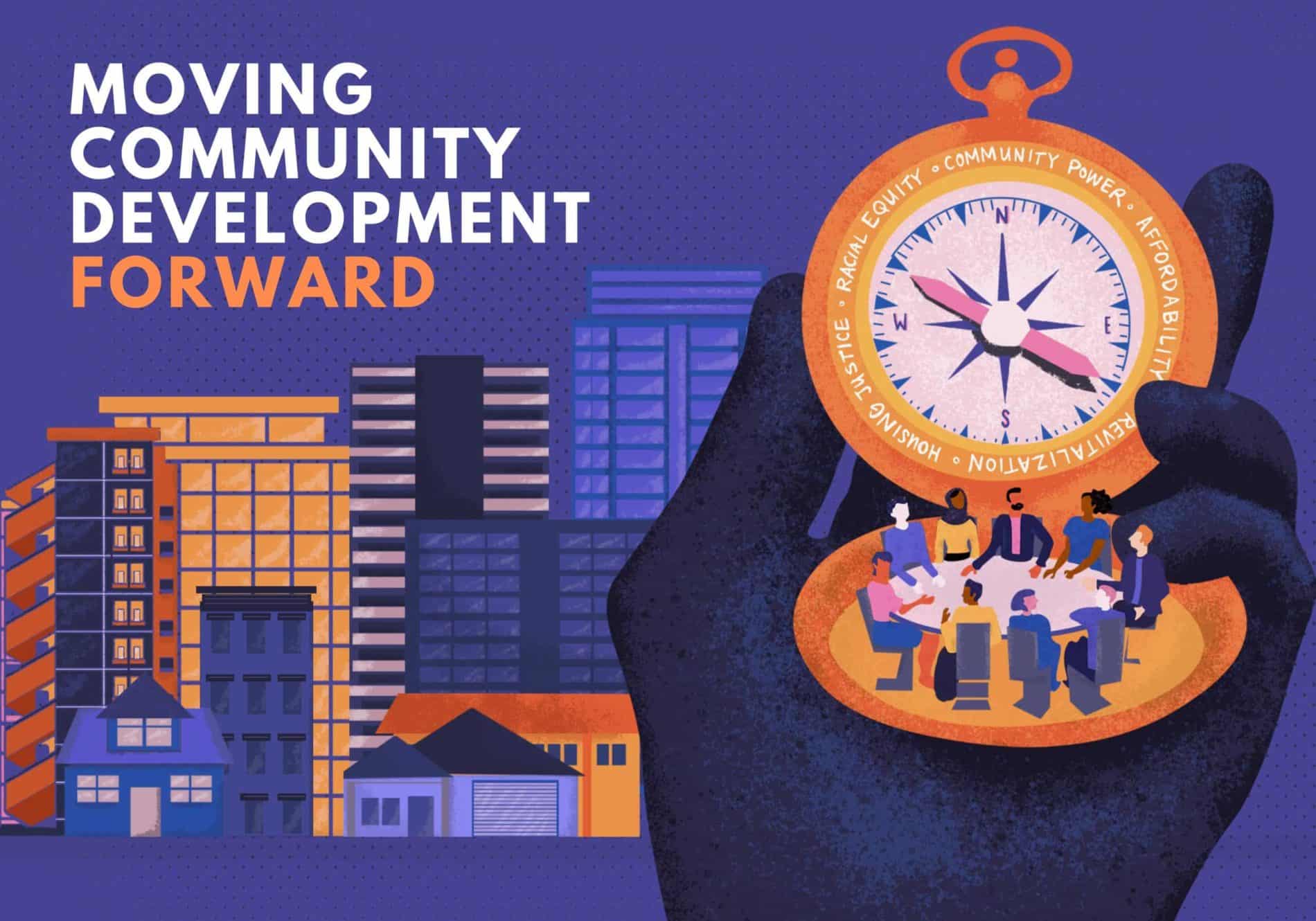The much-anticipated new Affirmatively Furthering Fair Housing rule is not yet out, and probably won't be available for comment for a few months, and HUD officials are keeping mum about its content.
But Debby Goldberg of the National Fair Housing Alliance, speaking this week at the annual policy conference of the National Low Income Housing Coalition, gave us a preview of what the rule is apparently shaping up to to look like. The current “assessment of impediments to fair housing choice” that jurisdictions need to complete will be replaced by an “assessment of fair housing” that covers measures of and responses to segregation, racially/ethnically concentrated areas of poverty, and disparities in access to areas of opportunity, as well as fair housing infrastructure. Jurisdictions will need to establish goals and priorities that affect spending.
The timing will be aligned with the ConPlan, but the fair housing assessment comes first and should be reflected in the ConPlan. HUD will examine implementation, and funding will not flow to jurisdictions without an adequate assessment or implementation. There is encouragement to do planning regionally, though not yet any incentives.
HUD's Office of PD&R is about to present a data tool that will enable jurisdictions to easily view their own data on the measures that are going to be included in the Assessment of Fair Housing. One of the key new measures is the Racially/Ethnically Concentrated Areas of Poverty. These areas are defined as those that have more than three times the metro poverty rate and are more than 50 percent people of color.
NFHA is pleased about the new regs. Having a new, more explicit ruling on Affirmatively
Furthering Fair Housing, says Goldberg, was one of the top priorities of the civil rights community for this new HUD.
But they do have a few concerns so far:
-
One is whether HUD will have the capacity of HUD to oversee and enforce. If HUD doesn't act in 60 days, assessments will be deemed approved—what if there is a backlog? Especially because once approved, there is no appeals process. -
Also, we don't have good data on all protected classes, so in a data-driven process, how do we not limit applicability to the classes we have more data on? -
Is the RCAP definition too tight? There are areas that are definitely in need that make not fall into it. -
Keep an eye out for the new rule, and the new data tools, and make sure to try them out and comment on both.




Comments